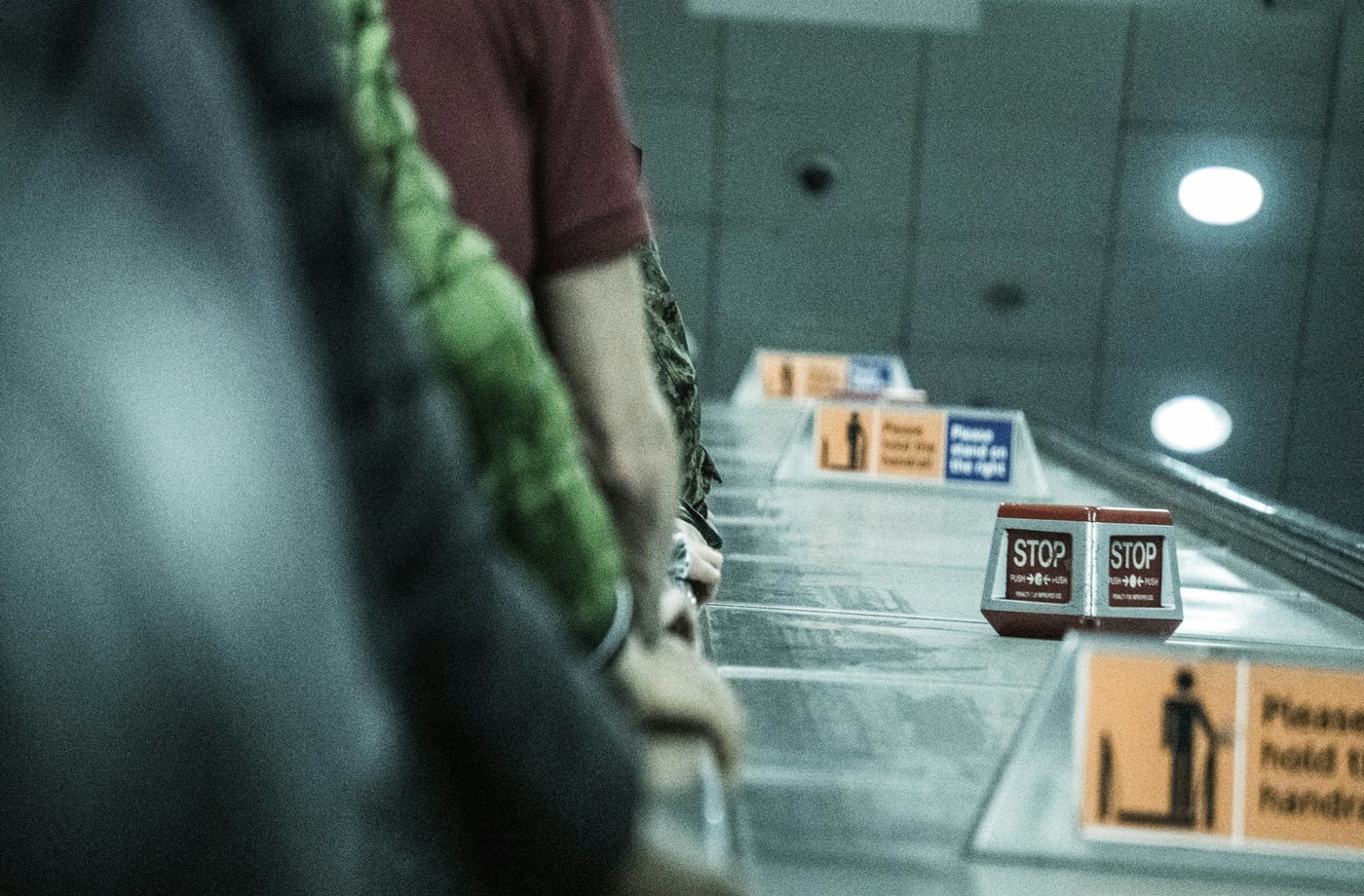In today’s fast-paced urban life, getting from point A to point B isn’t just about convenience—it’s about tradeoffs. Should you pay more for a faster solo ride, or save money by choosing a shared option that takes a bit longer? For most commuters, the answer changes day by day.
With services like ZipCab, Uber, and Lyft, you have plenty of options to tailor your ride to your schedule and budget. But the question remains: when is it worth paying more for speed, and when should you stick to savings?
Let’s break it down—and show you how cashback apps can help you balance both.
Faster Rides: The Perks and the Price
Opting for a solo ride during peak hours usually means:
- Shorter wait times
- Faster travel with fewer stops
- Higher fare due to surge pricing or high demand
This option is ideal when:
- You’re headed to a time-sensitive appointment or interview
- You’re traveling late at night or early morning
- You need comfort and control (think luggage, business attire, or personal space)
While solo rides can add up, they often deliver peace of mind and time saved—which may be worth the price on high-stakes days.
Shared Rides: Stretching Your Budget
Choosing a shared ride can save 20–40% on your fare but may include:
- Multiple pickups and drop-offs
- Slightly longer travel time
- Less personal space
This option works well when:
- You have flexibility in your schedule
- You’re commuting during off-peak hours
- You want to save over the long term without sacrificing safety
Rideshare options like Uber and Lyft often allow you to opt into lower fares by pairing you with others headed in the same direction—smart for everyday commuting.
When Peak Pricing Hits: Ride or Wait?
Peak pricing can raise fares significantly during:
- Weekday rush hours (7–9 AM and 4–7 PM)
- Bad weather or traffic disruptions
- Major city events or holidays
When facing surge pricing, consider:
- Delaying your trip 15–20 minutes, if possible, to avoid price spikes
- Booking with services offering fixed-rate options or promos
- Using cashback apps to offset costs
Apps like Fluz allow you to earn cashback on rides and purchases you make during your commute—from ordering a snack from Starbucks to buying essentials at CVS. It’s a smart way to cushion the cost of convenience.
The Best Strategy? Mix and Match
You don’t have to pick one approach for every ride. Many commuters take a hybrid approach throughout the week, such as:
- Fast solo rides on Monday mornings or during bad weather
- Shared rides or flexible timing midweek or for routine errands
- Cashback app stacking to reduce the financial hit on peak rides
By tracking your ride habits and integrating tools like Fluz, you can balance cost and efficiency based on your daily priorities.
Every ride is a decision: time vs. money. By understanding when speed matters most—and when savings can win the day—you can optimize your commute without sacrificing convenience or your budget.
With the flexibility of services like ZipCab and smart tools like Fluz, you’re always in the driver’s seat—even when someone else is behind the wheel.



